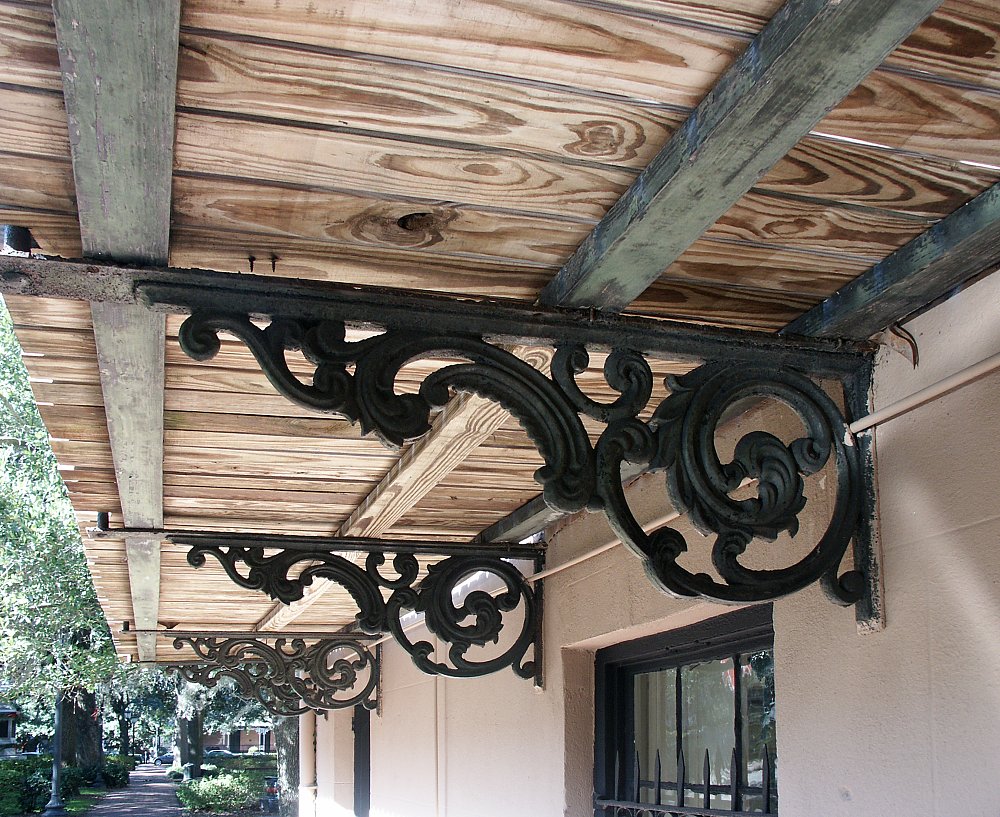Everyone is familiar with wrought ironwork. I once asked some children on a workshop visit what they understood by the term ‘wrought iron’ and the reply was “It’s black and it’s cheap”! This is the kind of image blacksmiths have to put up with.
The term ‘wrought iron’, nowadays often used in just the way the children understood, also covers a wonderful branch of craftsmanship that many would categorise as Art. Although it has a pedigree stretching back to the Romans, wrought iron flowered in Britain at the beginning of the eighteenth century, the ‘Golden Age’, which gave us the great gates to the stately homes and palaces. Many of these are now three hundred years old and it is a tribute to the skill of the old smiths, and to the materials they used, that the ironwork has lasted so long. However, there is some maintenance involved!
Iron, in its common modern form of mild steel, is well known for its desire to oxidise just as quickly as it can. Car bodies, garden furniture and modern wrought ironwork all need a good deal of maintenance to keep them free of rust, so much so that it’s automatic nowadays for steelwork which is to last outdoors to be galvanised. There was no such protection given to the old ironwork.
Old metalwork is usually made from either cast iron – familiar from the Victorian period – or a metal known as ‘wrought iron’, which is unlike modern materials in that the primitive refining techniques of the time did not remove the impurities but included them in the matrix of the metal in the form of fibres of glassy slags. These slags are similar to glass, and as a result add a measure of protection to the iron. Any non-cast item from before 1914 is likely to be wrought iron, and with reasonable maintenance, can be made to last indefinitely.
Wrought iron is commonly covered in paint (please don’t paint it black) but there are many familiar examples where this is not the case. Very often on country roads you will see rusty looking estate type railings which are often a hundred years old, and just as often still doing a good job. Painting wrought iron improves its appearance, but unless the paint film is maintained, does not necessarily protect. When the paint film starts to deteriorate it can trap moisture close to the iron surface, resulting in corrosion. Similarly, if there is a build-up of rust scale in a water trap, the scale itself can trap moisture against the surface and make the problem worse.

